The opening of the Green and Analytical Chemistry Research Laboratory at the Faculty of Engineering, funded by the joint project with the University of Oxford
Prof. Mahmoud El-Meteini, President of Ain Shams University, Prof. Omar Al-Husseini, Dean of the Faculty of Engineering, inaugurated the Green and Analytical Chemistry Research Laboratory at the College of Engineering, funded by the joint project with the University of Oxford, in the presence of Prof. Ayman Saleh, Vice President for Graduate Studies and Research, Prof. Diaa Khalil, General Supervisor of the Center for Innovation and Entrepreneurship, Prof. Akram Farouk, Vice Dean for Community Service and Environmental Development, Prof. Ghada Bassiouni, Professor of Chemistry, Faculty of Engineering, Ain Shams University, Prof. Moritz Reda of the University of Oxford, Prof. Tamer Al-Nadi, professor at the Department of Design and Production Engineering, and a group of faculty staff.
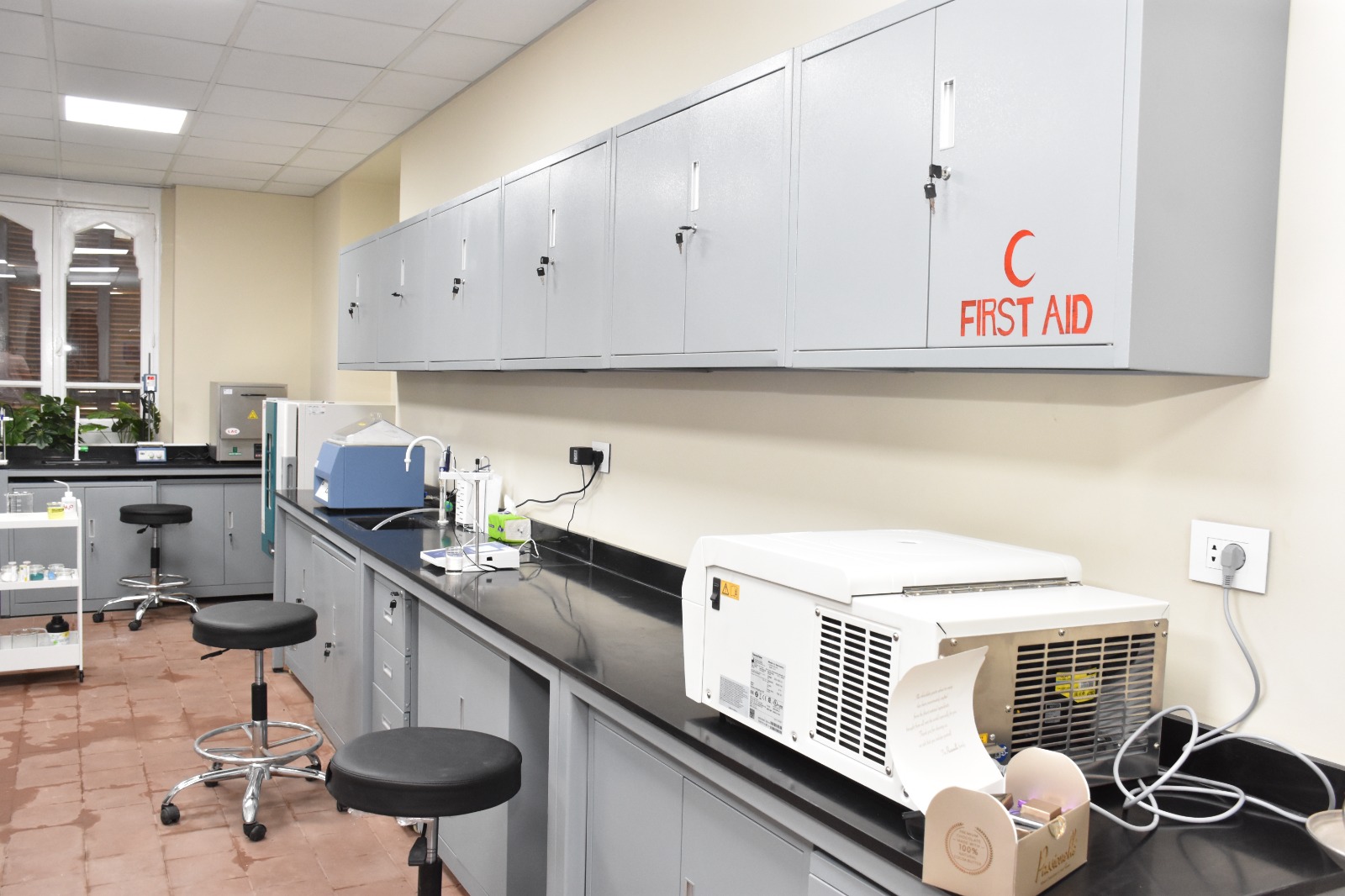 |
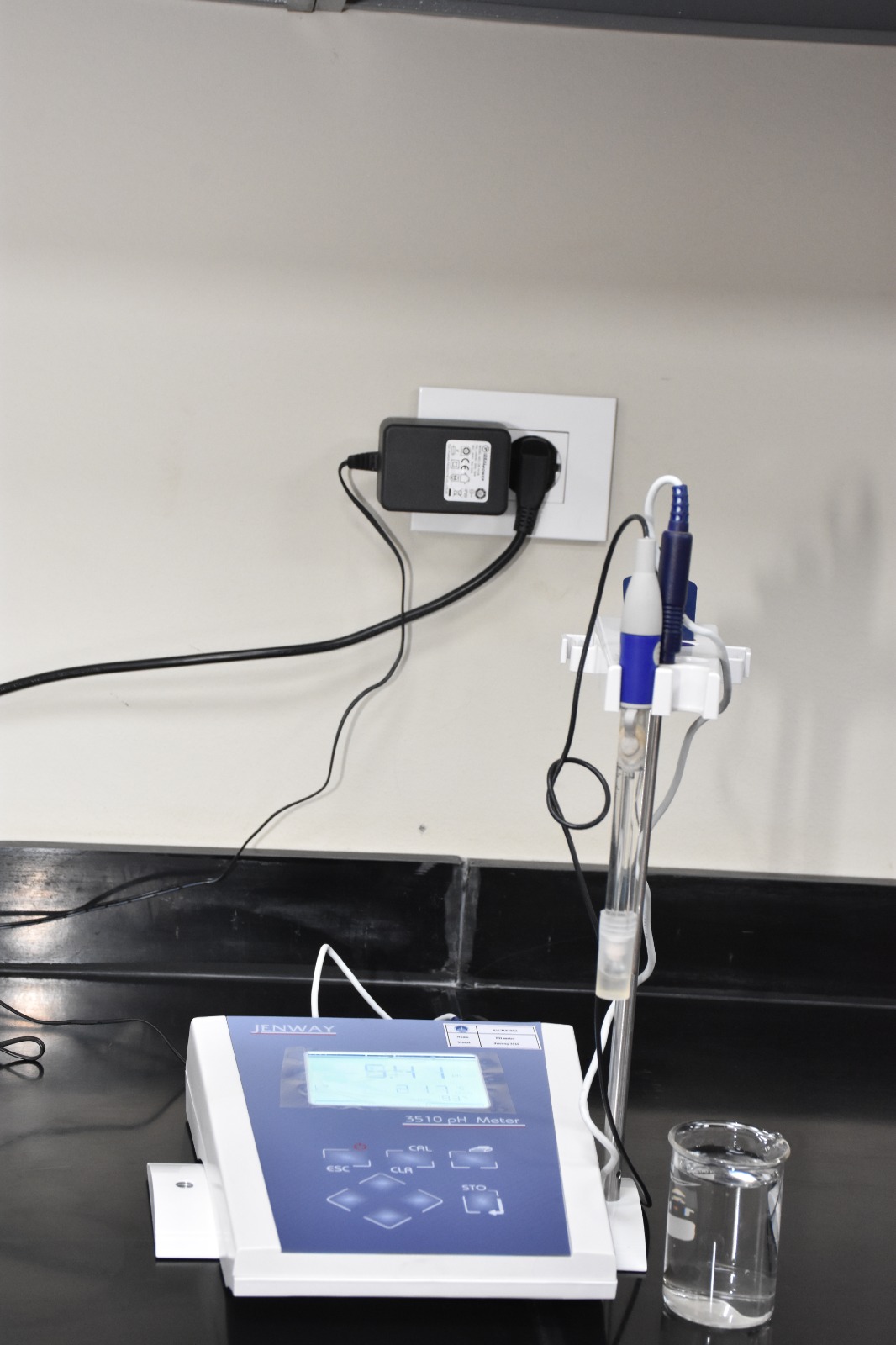 |
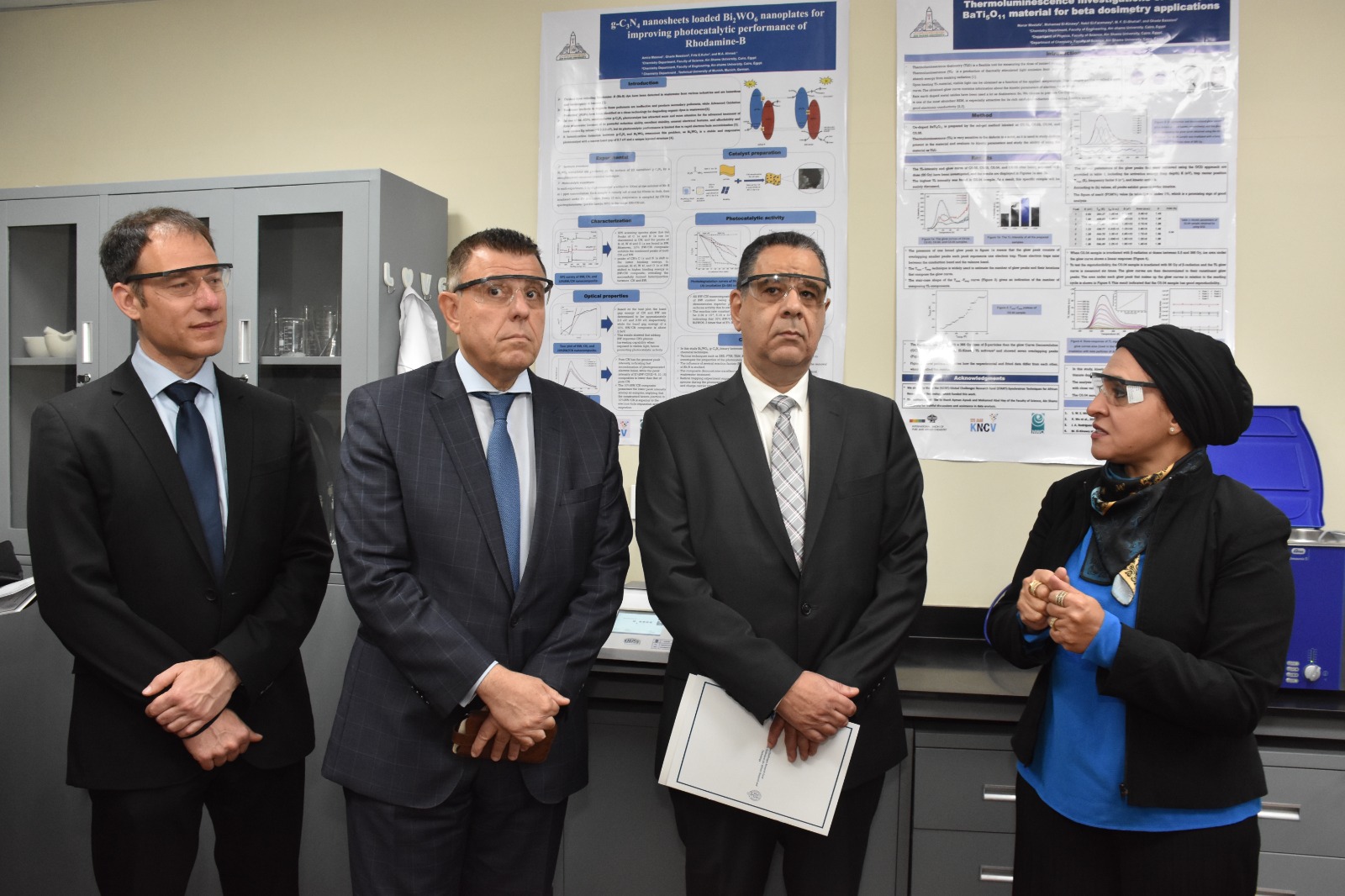 |
||
Prof. Mahmoud El-Meteini expressed his happiness at always being present at the College of Engineering, which always presents new things in all disciplines and specialized fields, praising the continued fruitful cooperation between the university and its faculties with its international partners in all fields and disciplines, especially in an important field, which is energy as well as climate change.
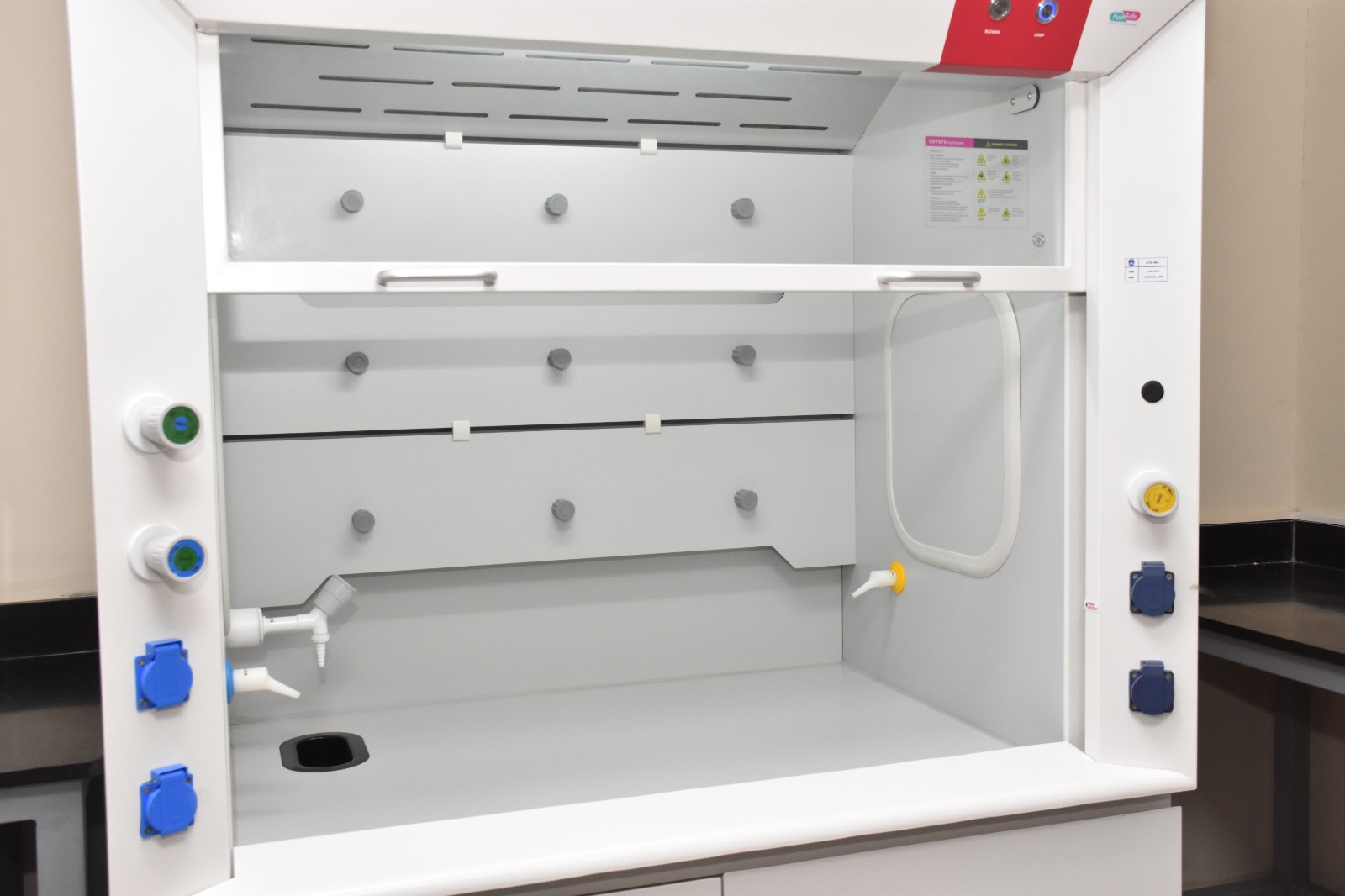 |
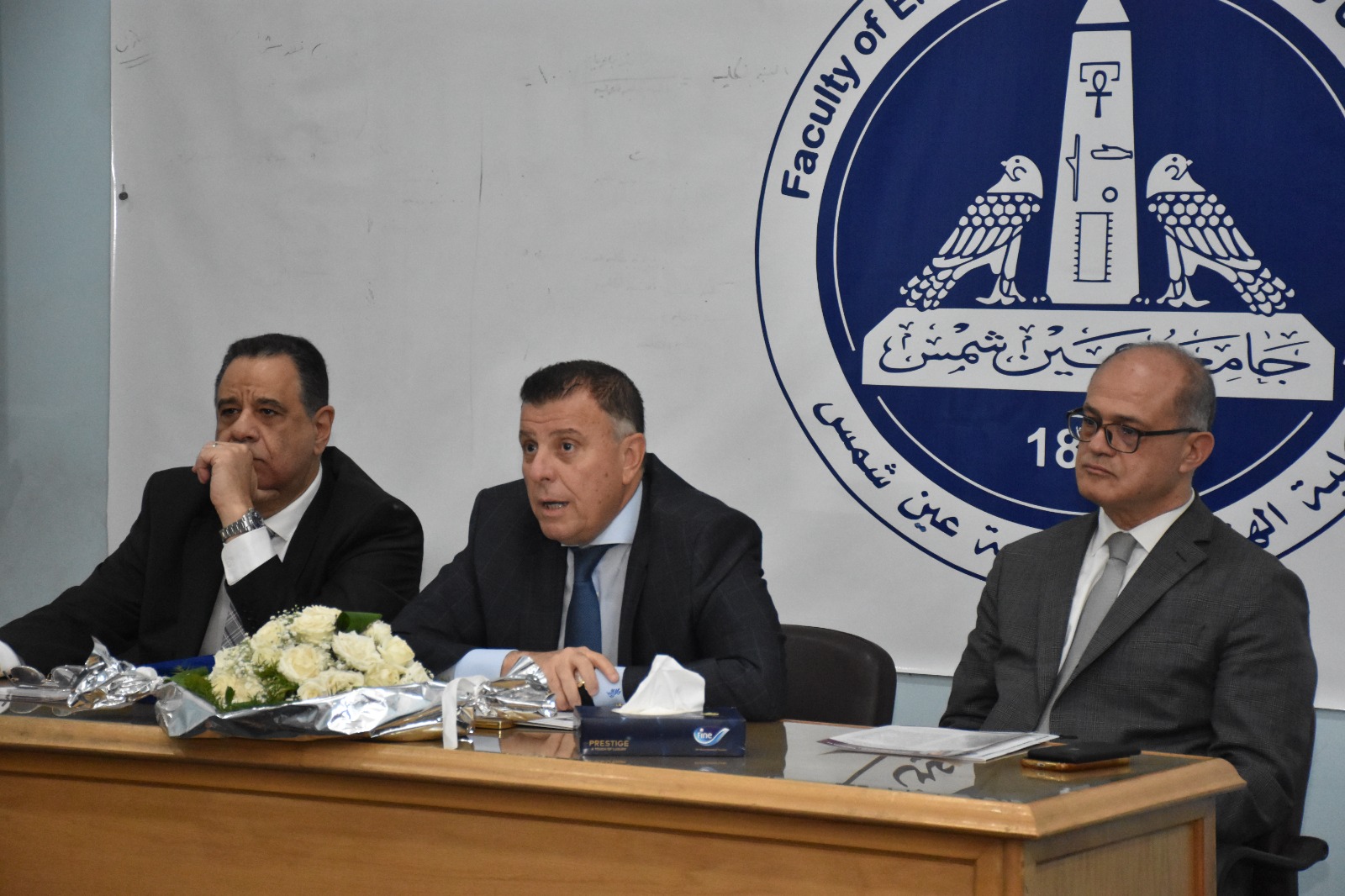 |
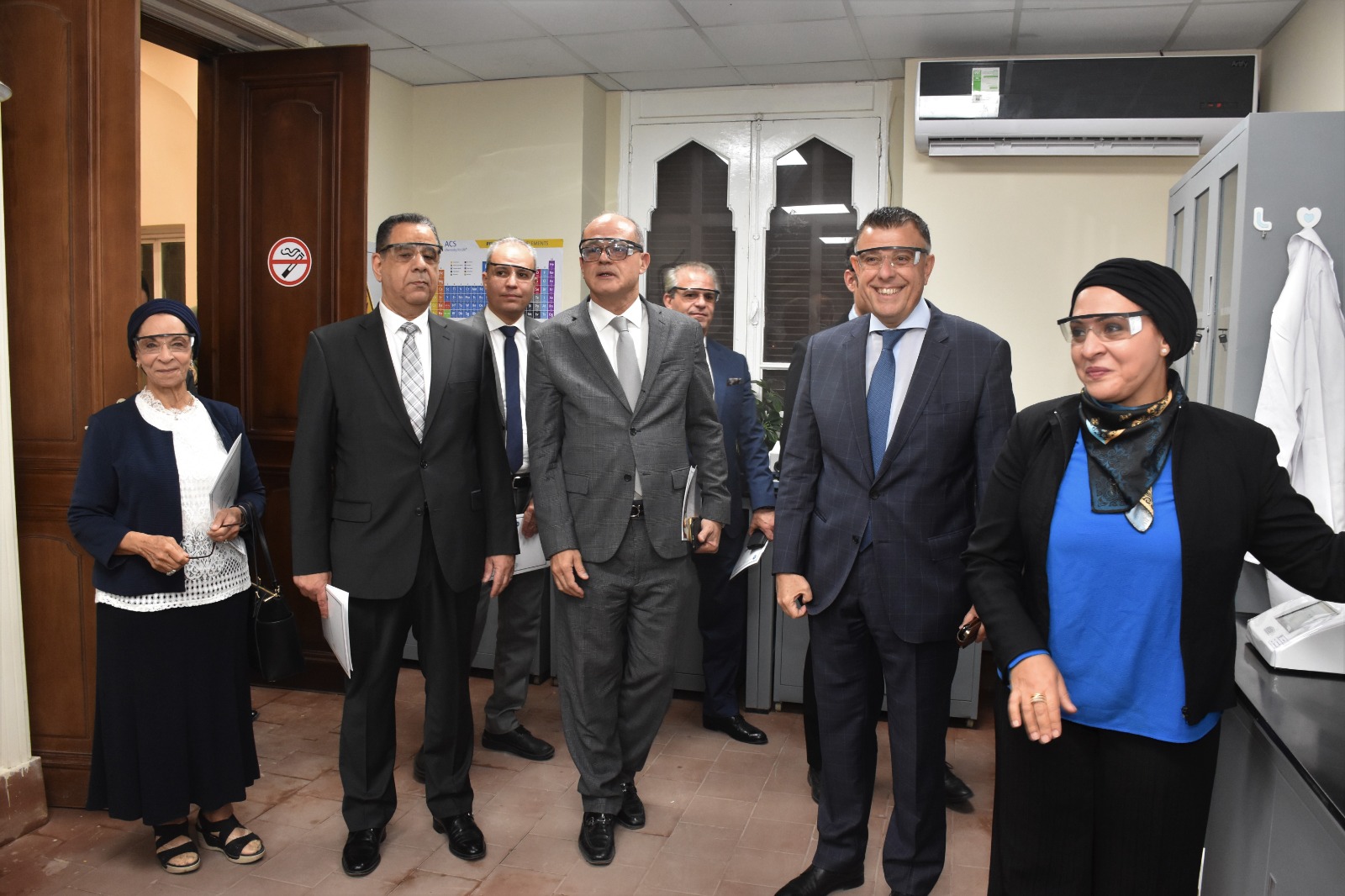 |
||
Prof. Omar Al-Husseini, Dean of the Faculty of Engineering, said that the opening of the laboratory comes as a result of cooperation between the Faculty of Engineering at Ain Shams University and Oxford University.
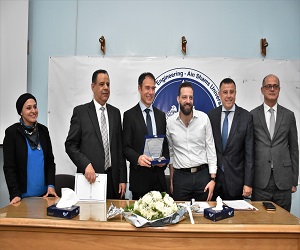 |
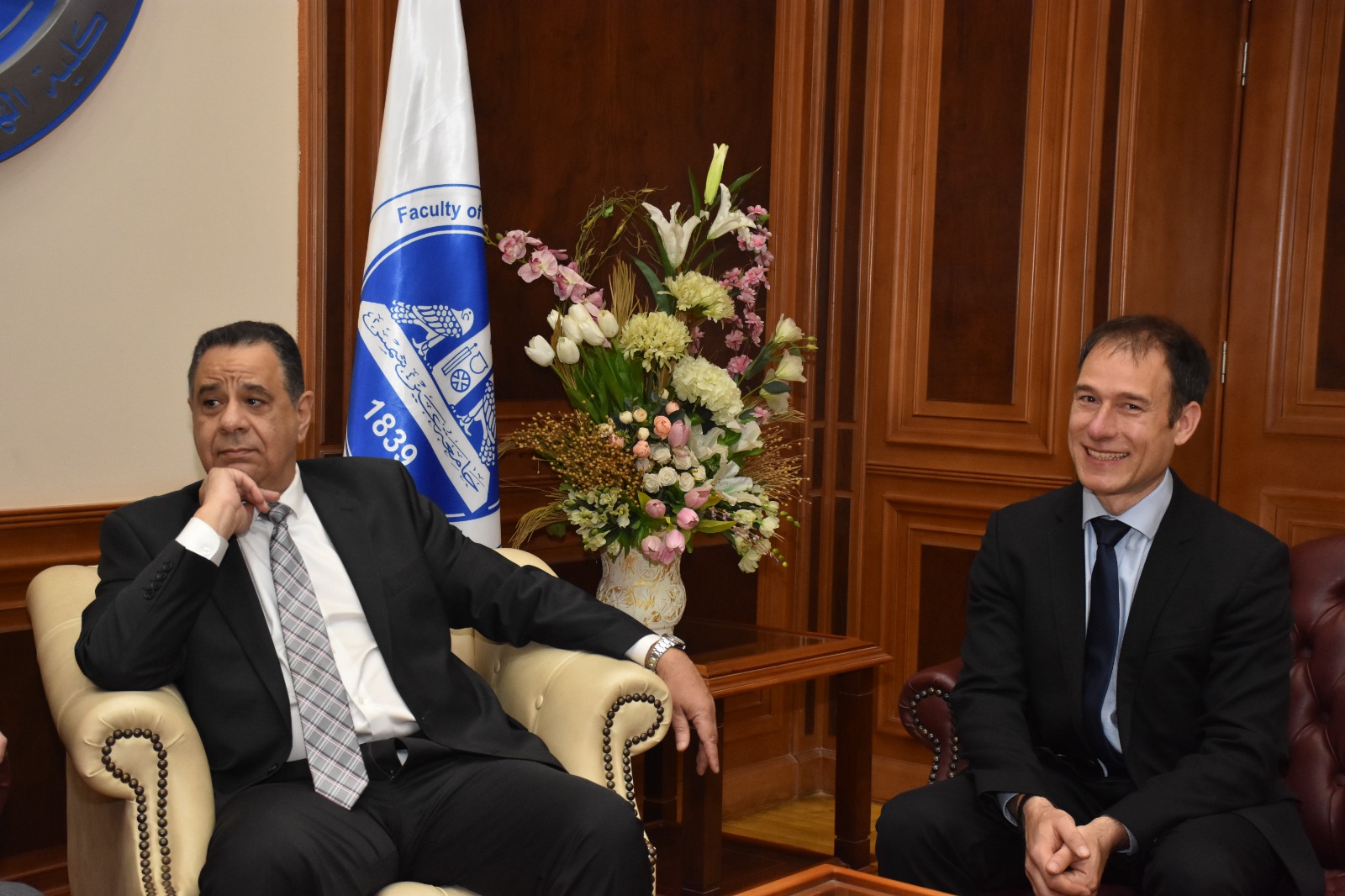 |
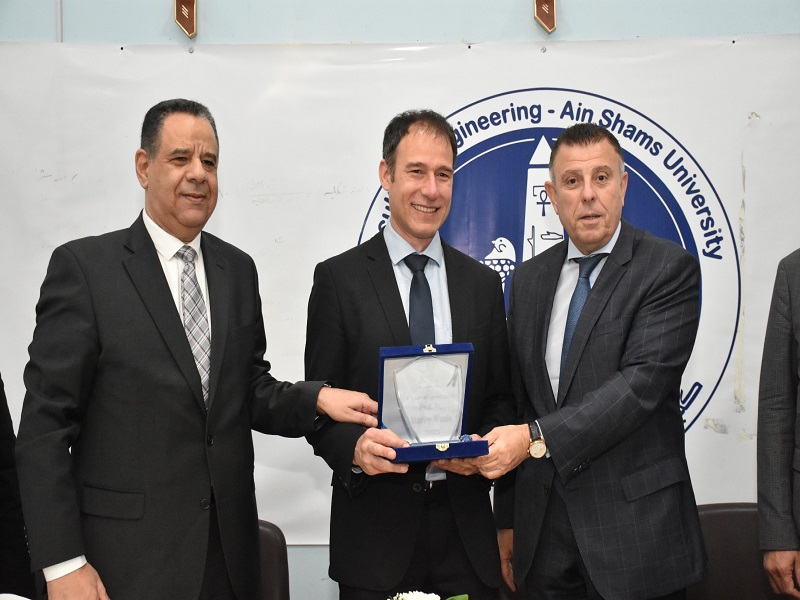 |
||
The opening of the green chemistry laboratory comes within the framework of the state’s endeavor to advance research projects, support and encourage young researchers, and its keenness to establish research projects, in addition to the state’s work to keep pace with the growing demand for energy through its adoption of renewable, clean and environmentally friendly energy sources, meeting energy needs in sustainable ways, and providing clean energy at affordable prices. Reasonable, as the (Start GCRF) project, which specializes in synchrotron technologies for African research and technology, was submitted, headed by Prof. Ghada Bassiouni, a professor of chemistry at the Faculty of Engineering, Ain Shams University, and Prof. Moritz Reda of the University of Oxford.
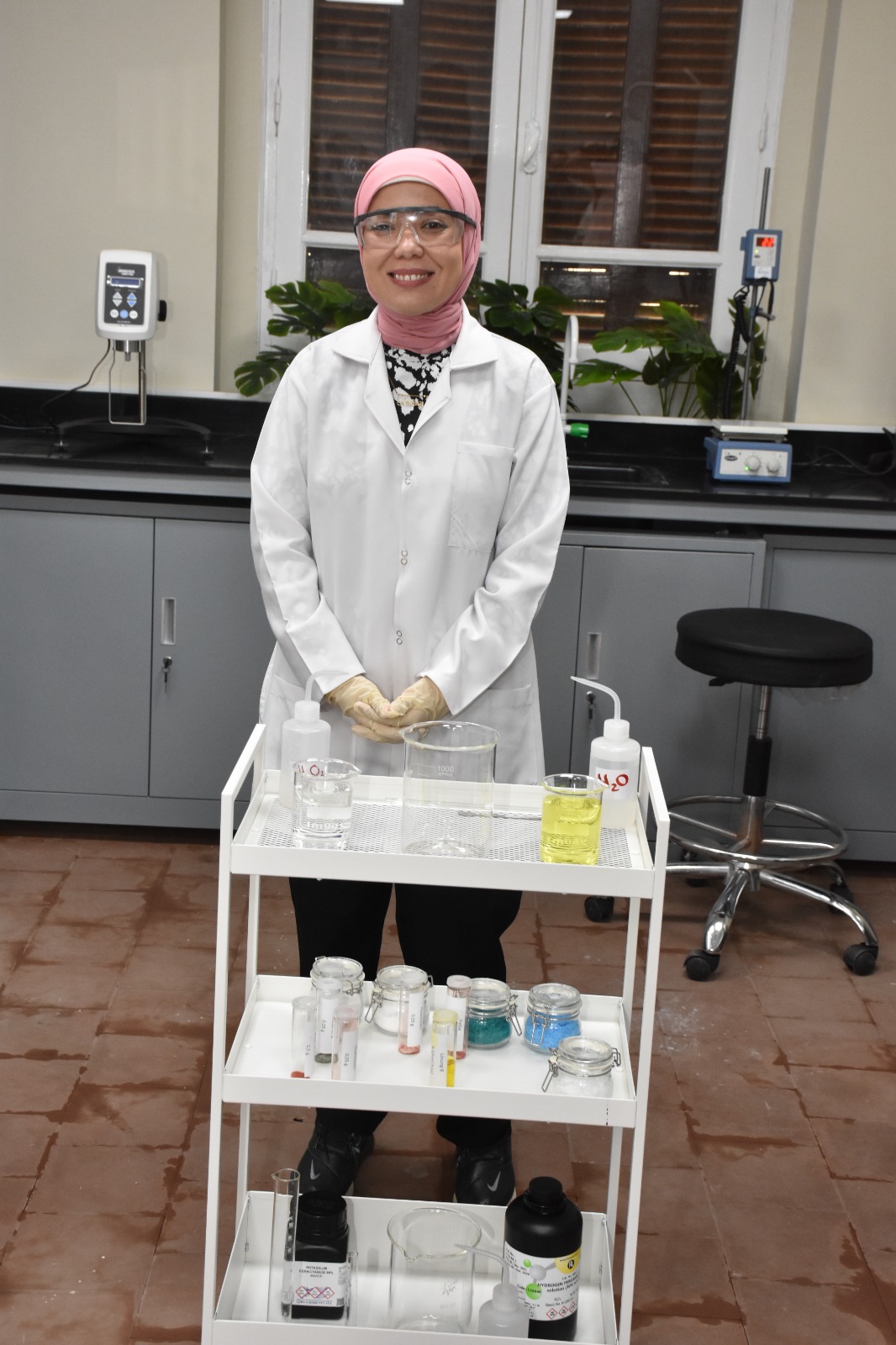 |
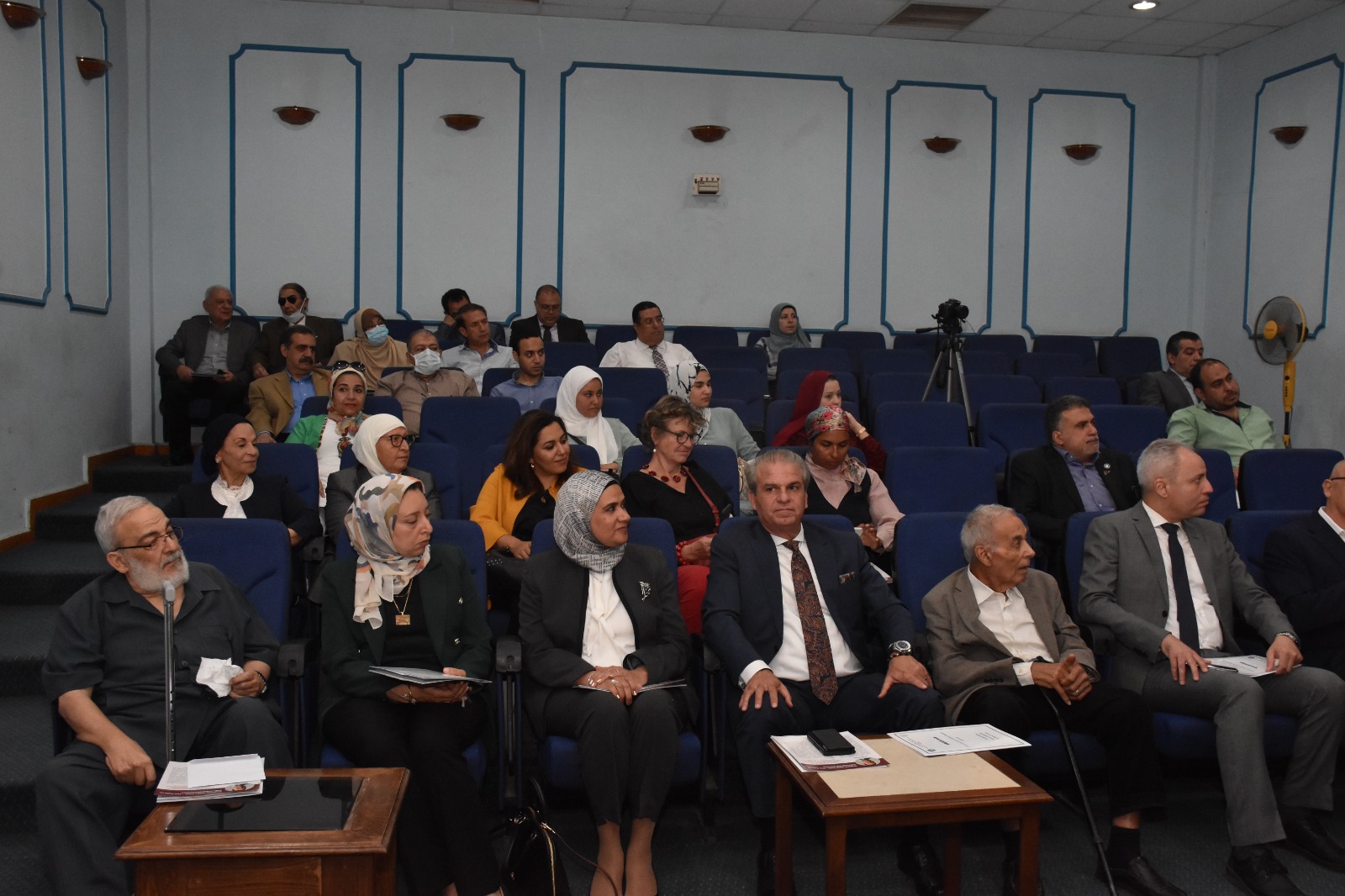 |
|||
The master's student, Mr. Muhammad Barhouma, a master's student and a teaching assistant, Manar Mustafa, at the Faculty of Engineering, Ain Shams University, and defining a research point on the study of solar energy by examining the fine structure of solar cells with organic materials.
For her part, Dr. Ghada Bassiouni stressed the importance of international partnerships such as GCRF START for distinguished students in particular and for Egypt in general, to increase the openness of African universities, especially Egyptian universities, with the opening of barrier-free communication channels.
The Start GCRF project is a UK government initiative to increase development opportunities through projects with participating African researchers to gain experience and enable research using synchrotron technologies.
The research topics are based around the important strategic development goals in Africa and the provision of affordable and clean energy in line with several core principles of the United Nations Sustainable Development Goals.
Ain Shams University is the only university participating in the project from Egypt, and the project was accepted as a new research point and a distinguished scientific addition, and all financial support was provided to the principal investigator, Prof. Ghada Bassiouni.
A laboratory was established from this funding that includes the highest levels of safety, in order to conduct the required process research and tests. The Faculty of Engineering, Ain Shams University, is witnessing its inauguration on May 31, in the presence of partners from Oxford University and a group of professors, researchers and graduate students.
A. indicated. Dr.. Ghada Bassiouny indicated that the intercultural and interdisciplinary North-South academic exchange between Oxford University and Ain Shams University is of particular benefit between these two ancient universities.
Mohamed and Manar, our students participating in the GCRF START project, who are supervised by Prof. Ghada Bassiouni and Professor Rida, from working in a new academic environment to exchange ideas and experiences.
added a. Dr.. Moritz Reda, University of Oxford, UK: “It was great to have students from our team at Oxford. Such exchanges are essential if we are to solve global challenges such as climate change. Other benefits include enhancing collaboration, creating lasting networks, and enriching the perspectives of all involved. But we're off to a really good start and we're continuing at a distance.
Dr. Ghada Bassiouni indicated that with the increasing demand for traditional energy resources in the world such as petroleum products and natural gas, we must find alternative energy resources in Egypt, for example, the Egyptian government has set targets for renewable energy at 20% of the electricity mix by 2022 and 42 % by 2035, so Egypt is investing a lot of money in huge solar farms such as the Benban project in Aswan and other solar energy projects. If OSC efficiency is improved by the research being done, countries like Egypt may invest in more new solar farms. Additionally, since OSC can be made semi-transparent and flexible, it can be installed on glass in buildings in busy cities like Cairo.
It is worth noting that green chemistry is a modern branch of chemistry. It is also known as sustainable chemistry. It is a field of chemistry and chemical engineering. It aims to reduce emissions resulting from other chemical manufacturing processes to the lowest possible extent. It also aims to invent new chemicals that benefit humanity. Environment and chemicals that act as substitutes for other chemicals whose manufacturing processes have negative consequences on the environment, or act as substitutes for chemicals extracted from living endangered species such as liver oils, whose extraction from whales and sharks threatens the complete extinction of these species within a few decades.
It is also concerned with designing products and processes to reduce the use and production of hazardous materials, while environmental chemistry is concerned with the effects of chemical pollutants on nature, green chemistry focuses on technological approaches to prevent pollution and reduce consumption of non-renewable resources.
.svg)




